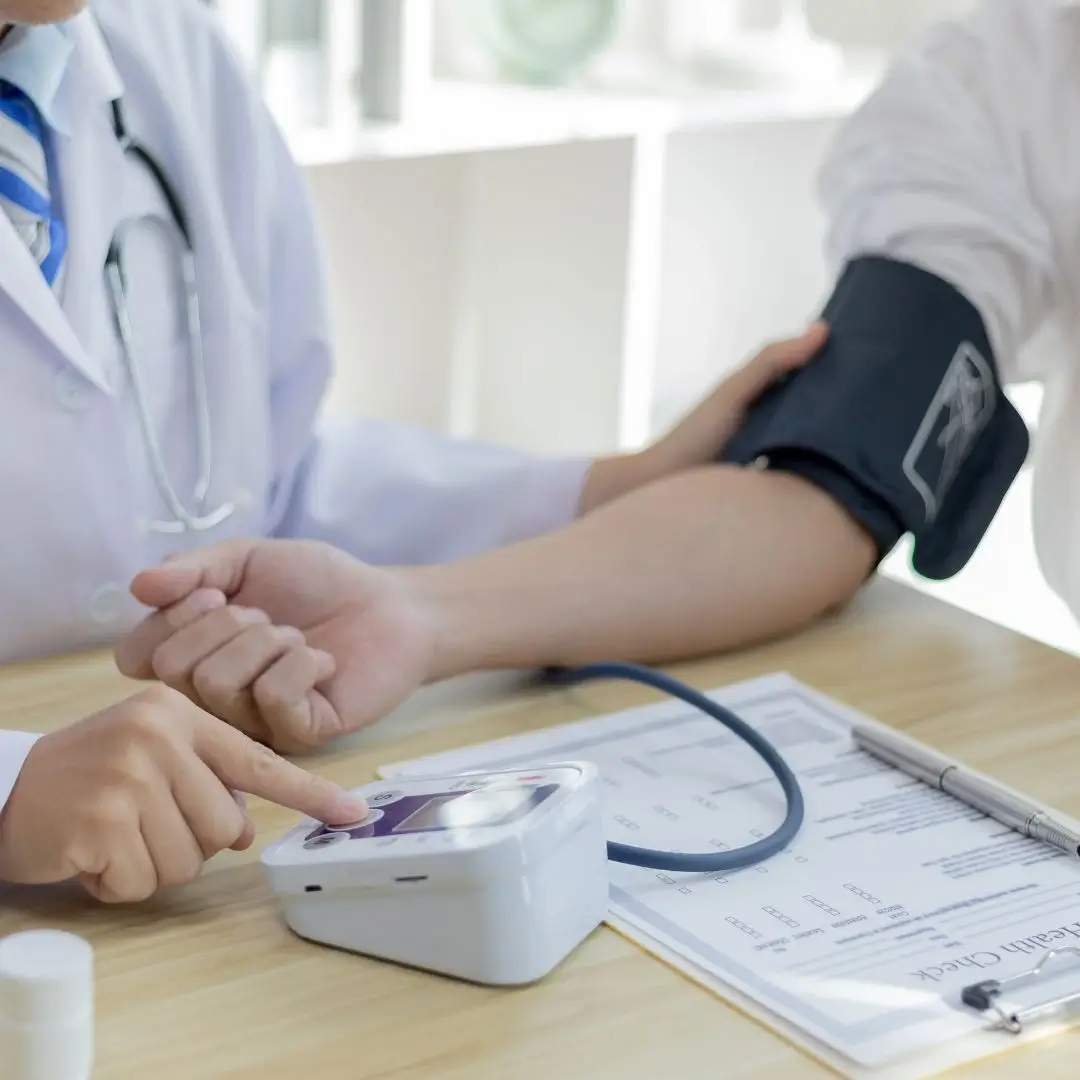Frequently Asked Questions
Portal hypertension is increased pressure in the portal vein, which carries blood from the digestive organs to the liver.
It is most commonly caused by cirrhosis, or scarring of the liver. Other causes include blood clots and parasitic infections.
Symptoms may include enlarged veins (varices), ascites, splenomegaly, and gastrointestinal bleeding.
Diagnosis involves imaging tests like ultrasound, CT, MRI, endoscopy, and sometimes hepatic venous pressure gradient (HVPG) testing.
Treatment includes beta blockers, diuretics, endoscopic banding of varices, and in some cases, procedures like TIPS.
TIPS (Transjugular Intrahepatic Portosystemic Shunt) is a procedure to create a pathway between the portal and hepatic veins to reduce pressure.
There is no cure, but it can be managed effectively. In some cases, liver transplantation may offer a permanent solution.
Complications include variceal bleeding, ascites, hepatic encephalopathy, and hypersplenism.
If untreated, it can lead to serious complications, especially bleeding varices, which can be life-threatening.
Avoiding alcohol, low-sodium diet, regular monitoring, and medication adherence are key lifestyle measures.
Patients should avoid salty foods, alcohol, and foods that increase constipation or bloating.
Yes, it can lead to hepatorenal syndrome, a type of progressive kidney failure in people with advanced liver disease.
Yes, endoscopy is used to detect and treat varices, which are swollen veins at risk of bleeding.
Yes, it can occur in children due to congenital liver disease, thrombosis, or biliary atresia.
Regular endoscopy, liver imaging, blood work, and symptom tracking are essential to monitor progression.

